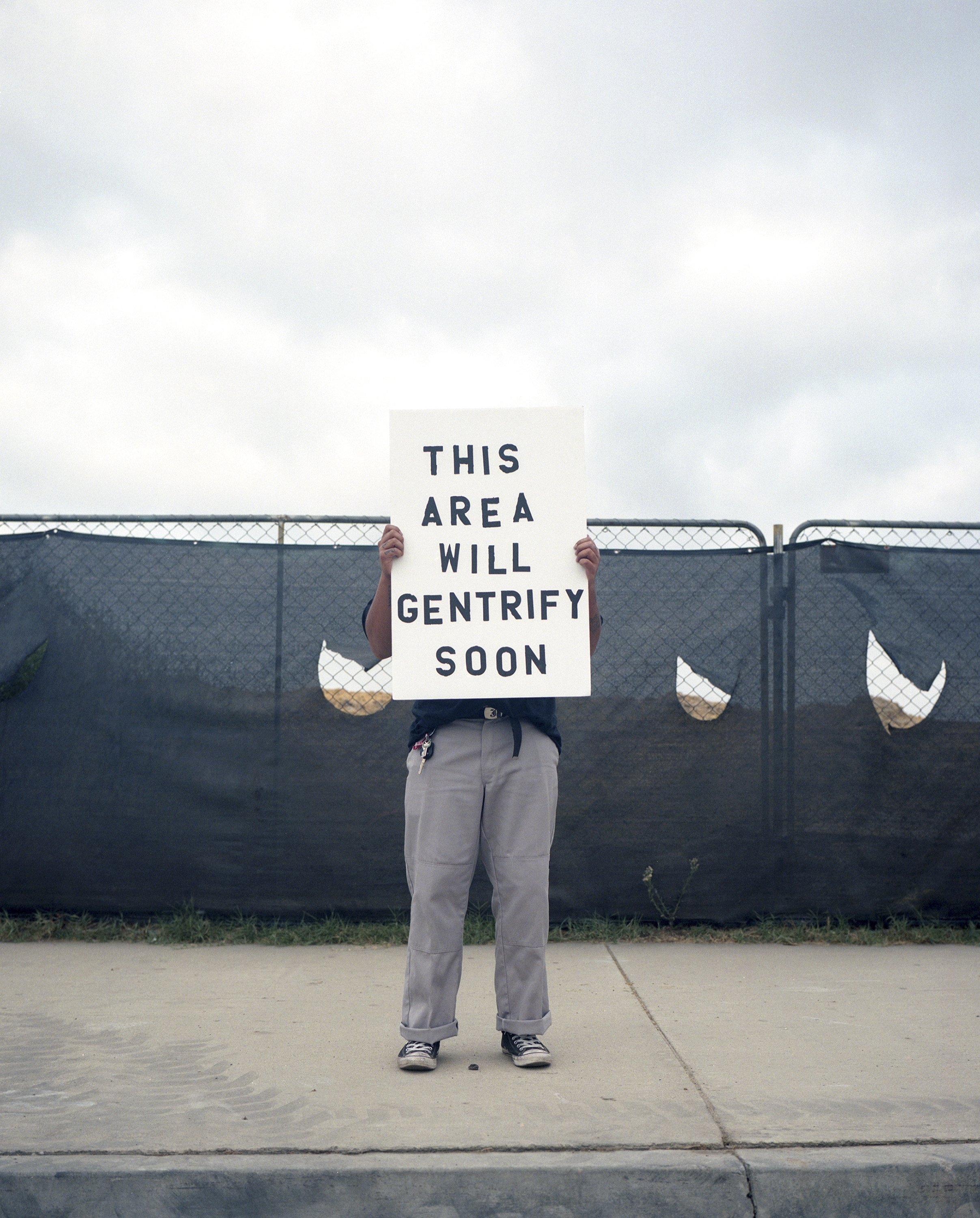What does it take to make a photograph tender?
To be tender is to be susceptible. To be vulnerable to touch. To be soft. To be able to be hurt. When we are tender we are exposed. We are open. We are influence-able. Perhaps to make photographs with tenderness is to allow the image to work upon the maker in the moment it’s made, even as it works upon the subject and the audience. Perhaps to make photographs with tenderness is to allow yourself to be changed by the image.
We can’t deny the ways in which photography has been and continues to be used as a tool of misrepresentation, imperialism, colonization, and racism. How can we acknowledge the violence that photography so often exerts, and still use it to make something tender? Can any technology which is by definition a machine-made, standardized, dehumanized touch, be tender?
If photography has historically created a record of the world that is responsible for the misrepresentation, damage and even extinction of the populations it has recorded, can a tender photograph be the start to making amends for the errors of the present and past? Can a tender photograph create pathways for healing in the communities it has hurt the most?
Can a tender photograph be the most revolutionary and political photograph that we can make and witness?
Like tenderness, love is complicated as both a feeling and a concept. Love is active, a vulnerable experience, and yet it also holds people and institutions accountable. Love is where power is negotiated. Love moves us to fight back, to stand up for ourselves and for the values we believe in.
A tender photograph might be a loving photograph. It might be an image that understands the politics of seeing and being seen. It owns the medium’s responsibility for shaping the way we see our humanity and our world.
A tender photograph provides the space for compassionate looking, especially toward those that the camera has historically denied complexity. It creates counter narratives; new ways of seeing; new records of a world where more people have the power to document their own stories.
A tender photograph confronts history. Sometimes, it holds things back. It fights the objectifying and dehumanizing nature of photography. It negotiates and sometimes negates, and denies the viewer access to some bodies, to some spaces.
A tender photograph can complicate and challenge. It can be demanding; hard to digest. It can push back against our preconceived ideas, our unchecked biases and our insecurities.
A tender photograph might not be accessible to everybody. It is sometimes an inside joke or a story that only those in a particular community can interpret and enjoy. It acknowledges that some connections are intimate, and while intimacy itself is universal, each intimate relationship is unique and therefore not universally available.
A tender photograph creates faith. It imagines an alternative, tender future in the present. It makes us believers that a more loving, tender, and just world record can be built one image at a time.
We Gunna Have To Move Out Soon Fam', William Camargo, Archival Inkjet Print, 24x30, 2019
